Compare public record UCC filings to full bank statement submissions for underwriting.
Choosing between UCC leads and bank statement leads is no longer a simple list-versus-live conversation. In 2025, merchant cash advance teams need a channel mix that balances speed, intent, compliance, and cost so they can keep approvals flowing without burning through budget or staff time. This guide compares public record UCC filings with full bank-statement submissions from the standpoint that matters most to funders: underwriting readiness, close speed, and predictable ROI. If your pipeline depends on reliable mca leads, the right mix of merchant cash advance leads directly determines funded volume.
We will set a clear, data-driven benchmark for quality. UCC filings still produce high-yield merchant cash advance leads when properly filtered, deduped, and enriched. Meanwhile, bank statement leads compress underwriting because the core financials are already in hand. The question is not which list to buy; it is how you deploy each source and what conversion math you expect at every stage. Throughout this article we anchor decisions to fund rate, allowable CPL, and payback, so sales leaders and ISOs can buy mca leads with confidence instead of guesswork.
Cost-efficient older MCA inquiries.
Min 2,000 records
What's included:
Recently-made MCA funding inquiries.
Up to 7,500 records
What's included:
Past MCA applicants to re-engage.
Min 1,000 leads
What's included:
Complete apps + bank summaries.
Up to 200 leads
What's included:
If you are testing new traffic or want flexibility, a pay-as-you-go model prevents long commitments and lets you ramp mca leads gradually. Treat it like an underwriting sandbox: start small, verify that merchant cash advance leads fit your ICP and geography, and scale only once fund rates stabilize.
A UCC-1 filing is a public notification of a secured financing interest. That matters for mca leads because a business that previously accepted secured financing usually understands nontraditional funding mechanics and ACH remittance. UCC data offers breadth, but breadth needs rigor. The most successful teams normalize business names, remove legacy liens that indicate distress, exclude protected industries, and add phone/email verification plus revenue/industry overlays.
Used this way, UCC leads become more than a cold list; they become a broad, renewable source of merchant cash advance leads that seed outreach, nurture, and retargeting. Teams that buy mca leads without enrichment often misjudge costs because they confuse data volume with intent. Enrichment recovers that intent while keeping CPL efficient.
Treat UCC filings as inputs to scoring, not as finished prospects. The payoff is scale, compliant outreach, and a steady flow of merchant cash advance leads that your sales reps can dial with confidence.
Bank statement leads arrive with core underwriting artifacts—typically three to six months of business bank history. For funders and ISOs, this means less back-and-forth, faster verifications, and clearer risk grading. Because documentation is in hand, these mca leads see fewer stalls after the first call. Sales teams that previously waited days for statements now price and structure terms quickly, and merchants feel momentum instead of friction.
The tradeoff is cost. Bank statement leads typically command a premium versus UCC-based mca leads. That premium is justified when the fund rate improves enough to offset the higher CPL. In Part 2 we quantify this using simple funnel math so your team knows exactly when to prefer bank-statement submissions over broader UCC campaigns.
A practical lead strategy balances two realities: UCC leads deliver scale at low cost, while bank statement leads deliver underwriting depth at a premium. Funders, direct lenders, and ISOs that consistently win with mca leads align channel to target paper. For example, if you target higher average advances with stricter NSFs and DTI, bank statement submissions will save weeks of chasing while improving the fund rate. If your model thrives on volume and can tolerate more conversations per close, UCC-based merchant cash advance leads typically create the best CAC.
To keep decisions objective, hold every campaign to the same math. Your marketing and sales teams should be able to say, without guessing, what fund rate they expect from UCC data leads, fresh web forms, live transfers, and full submissions. Make those expectations visible on a single dashboard and adjust budgets weekly.
A two-rep ISO pivoted from aged UCC lists to a blend of live transfers and bank statement leads. CPL rose from $2.10 to $58.40, but the fund rate jumped from 1.2% to 7.8%, average funded amount rose from $26,000 to $41,000, and first-pay default fell. The result was a lower CAC per funded deal and a 62-day payback. This is typical when merchant cash advance leads include verified revenue and deposit stability up front.
Here is the funnel math every MCA leader should keep on hand. Use conservative rates for UCC leads and more aggressive rates for high-intent merchant cash advance leads such as live transfers and full bank statement submissions. Replace the numbers with your real data and review weekly.
Leads_to_Connect_Rate = Connected Conversations / Total Leads
App_Rate = Applications / Connected Conversations
Fund_Rate = Funded Deals / Total Leads
Avg_Advance = Total Funded Amount / Funded Deals
Gross_Profit_per_Deal = (Avg_Advance * Buy_Rate_Spread) - Fees
CAC_per_Funded = (Total Lead Spend) / (Funded Deals)
Allowable_CPL = (Target_CAC * Fund_Rate)
Payback_Days = (CAC_per_Funded / Avg_Monthly_Gross_Profit_from_Deal) * 30
Rule_of_Thumb:
- UCC campaign Fund_Rate baseline: 1%–3%
- Fresh web form Fund_Rate baseline: 2%–5%
- Bank statement or live transfer Fund_Rate baseline: 4%–9%
When you plug in real numbers, you will know exactly how much you can pay per lead without eroding margin. This is how teams buy mca leads confidently and defend budget in leadership meetings.
We create fully tailored MCA lead lists based on your exact criteria — business type, funding history, deposit volume, state targeting, and more. Whether you need fresh submissions with bank statements, aged records, or a curated mix, we've got you covered.
Request a Custom MCA Lead PackageCustom targeting is often the tipping point. If your provider can tailor merchant cash advance leads to your underwriting box—monthly revenue floors, industry lists, state exclusions, average ticket size—you preserve fund rate while cutting waste. For experienced closers, exclusive mca leads with tighter filters prevent cross-sell conflict and reduce shopping behavior.
Instead of debating channels in the abstract, choose deliberately based on objective thresholds. Below are guidelines many high-performing funders apply across their mca leads portfolio.
Keep in mind your sales motion. For appointment-setting teams, mca email marketing leads and mca telemarketing leads can backfill slow days. For elite closers, high-intent mca leads are fuel, especially exclusive mca leads and live transfers that bypass the typical chase.
Your best channel is the one that maximizes funded deals at or below your target CAC. Bank statement merchant cash advance leads are best when your underwriters need speed and certainty. UCC leads are best when your reps need volume and your follow-up systems are disciplined.
The most overlooked edge in modern MCA is data integrity paired with strong compliance. UCC leads are public-record derived, but you still need reliable enrichment, DNC hygiene, and opt-out workflows. Bank statement leads carry higher intent, yet they require secure handling and clear disclosures to sustain trust. Teams that operationalize both streams protect their brand, preserve delivery rates, and keep merchant conversations positive. This is how mca leads become funded deals instead of complaints.
Start by defining a clean handoff. When merchant cash advance leads arrive, reps should see verified industry, monthly revenue bands, average daily balances, and any UCC notes. Create short, variant-specific talk tracks: UCC outreach is discovery-led; bank statement outreach is solution-led because documentation is already in play. Add SLA timers for speed-to-dial and cap retries to avoid harassment while respecting compliance boundaries.
UCC lead: open with a reference to business seasonality, ask about prior funding experience, and probe deposit volatility to earn permission for financial review. Bank statement lead: confirm receipt of statements, validate revenue trend, and move directly to term structure and pre-approval criteria. This small change shortens calls and translates intent into funded outcomes for your mca leads.
Three levers dominate performance across merchant cash advance leads: speed-to-contact, verification depth, and rep specialization. Speed converts. Verification removes churn. Specialization ensures conversations are about pricing and structure, not basic education. When these levers are aligned, aged mca leads can rival fresh leads on ROI, and fresh mca leads can rival full submissions on payback because disqualification happens early rather than late.
Do not overlook marketplace dynamics. An mca leads marketplace can give instant volume, but duplication risk increases. Ask for exclusivity terms or state-level throttles. If you buy merchant cash advance leads from multiple vendors, centralize deduplication and suppression to protect CPL and prevent merchants from receiving four identical calls.
When you treat data hygiene as an investment, the result is lower CAC, higher fund rate, and better reputation. That remains true whether you scale with ucc-based mca data leads or push harder into high-intent bank statement submissions.
Vendor selection is where many campaigns struggle. Ask for recent samples, understand enrichment sources, and insist on dispute policies that reflect real outcomes. If you buy mca data, document the return criteria before the first file ships. For subscription models, look for clear usage caps and rollover logic so your team does not scramble at month end. When evaluating merchant cash advance leads for sale, weigh not only price but also the provider’s responsiveness and ability to deliver specific industries, states, and revenue bands on schedule.
As volumes rise, consider layering: start with exclusive mca leads for high-value closers; supplement with fresh mca leads and mca web form leads for your rapid-response pod; then, maintain pipeline with aged mca leads to stabilize rep calendars. This three-tier approach keeps CAC predictable and protects payback windows.
You now have a framework to compare UCC leads and bank statement leads on the only metric that matters: funded deals at a sustainable CAC. Use UCC data for width and discovery, then deploy bank statement merchant cash advance leads and live transfers when your underwriters want speed and precision. Keep primaries like mca leads and merchant cash advance leads in your language because those are the exact search terms decision makers use when they buy, but match copy to the buyer’s real intent: faster decisions, lower defaults, and clean onboarding.
New shop: 70% aged UCC and aged mca leads to seed activity, 20% fresh mca leads for momentum, 10% live transfers for reps to taste speed. Scaling shop: 40% UCC for coverage, 35% fresh, 25% bank statement or live transfer. Established funder: 25% UCC for discovery, 30% fresh inbound and web, 45% bank statement/full submissions to maximize fund rate at target CAC.
Below is a plan-based view to help you match budget, list type, and expected outcomes. All tiers are suited for teams purchasing merchant cash advance leads; simply choose based on volume appetite, the balance you want between aged, fresh, and full submissions, and how fast you need underwriting decisions.
Great for testing premium aged MCA leads with low MOQ
Lead Types Included:
What’s included:
Fresh MCA leads from recent funding inquiries.
Lead Types Included:
What’s included:
Blend of full submissions + fresh + aged.
Lead Types Included:
What’s included:
Highest volumes across all lead types.
Lead Types Included:
What’s included:
Use the four tiers as a simple roadmap. Starter focuses on aged mca leads for low-cost testing. Growth prioritizes fresh mca leads for teams that excel at rapid response. Professional blends full submission leads with fresh and aged for balanced underwriting speed and volume. Enterprise maximizes breadth and depth with the highest monthly counts across all lead types, suited for established operations that need predictable merchant cash advance leads at scale.
Decide by fund rate and payback. If your team turns aged data into appointments efficiently, start with Starter and layer in Growth as you refine talk tracks. If your underwriters and closers want deal-ready conversations, move to Professional so full submissions and fresh records become the core. Enterprise is right when your calendar, CRM, and dispute process are mature and you require steady, high-volume mca leads to sustain a larger book.
In 2025, the best-performing funders do not pick sides in UCC versus bank statement leads; they orchestrate both. UCC filings deliver scale and long-term pipeline for mca leads, while bank statement submissions accelerate funded outcomes for merchant cash advance leads with verifiable capacity to pay. Start with clear math for allowable CPL and payback, enforce disciplined enrichment and compliance, and align channels to your underwriting box. When you are ready to buy mca leads or buy merchant cash advance leads with confidence, choose the mix that protects CAC, shortens cycle time, and compounds approvals month after month.
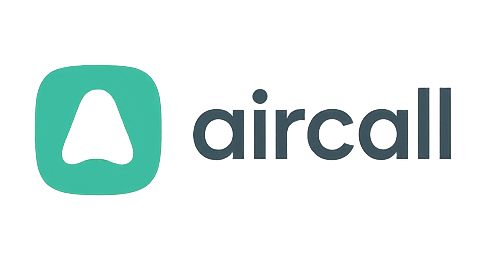
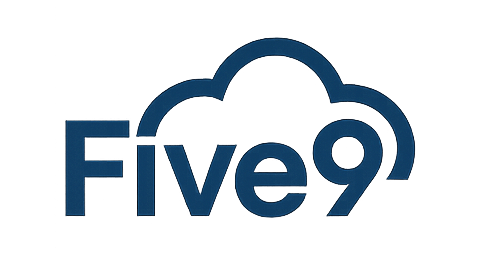
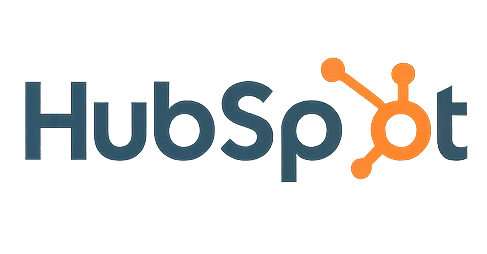

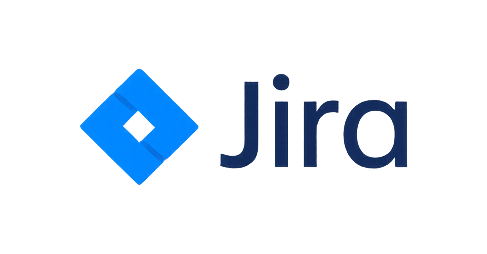

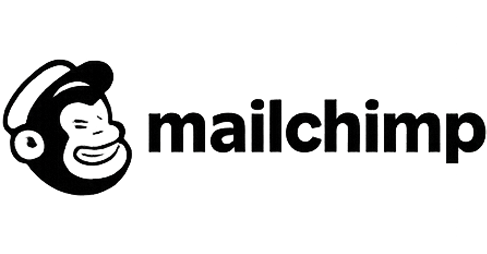

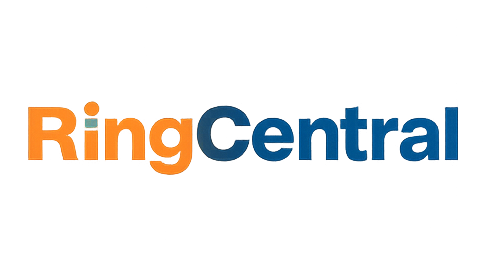
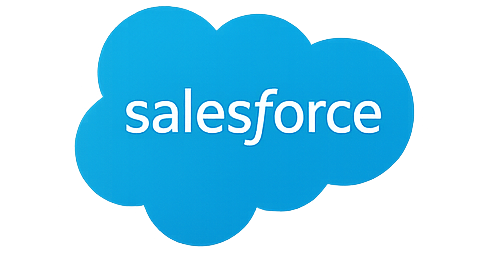

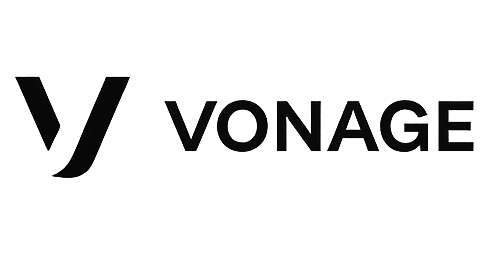
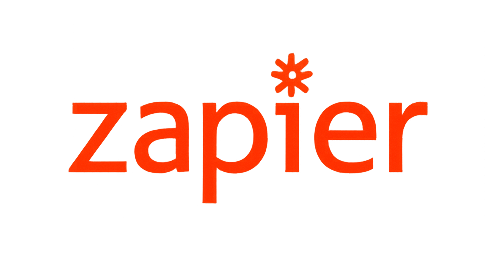

Over 1,200 MCA providers rely on Master MCA for accurate, high-converting merchant cash advance leads. Get instant access to premium MCA leads at competitive 2025 pricing — no contracts, no commitment.
Transparent MCA leads pricing. Cancel anytime — no long-term contracts or hidden fees.
Get targeted lists based on UCC filings from businesses who’ve taken MCA loans before. Submit to request a quote and sample file.
Download the strategies top funders use to win high-intent MCA leads.
Download Free GuideOur team of MCA experts can help you develop a customized lead generation strategy for your funding business.
Schedule a consultation